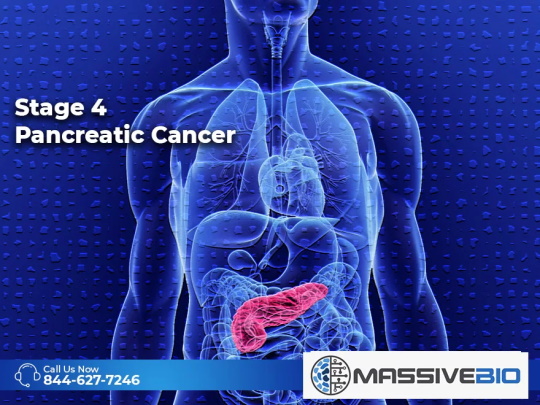Ewing sarcoma is a rare type of cancer that primarily affects children and young adults. It is a type of bone cancer that usually originates in the bones of the pelvis, chest wall, or long bones of the arms and legs. However, it can also occur in soft tissues.
Ewing sarcoma is caused by a genetic mutation that leads to the formation of an abnormal protein. The exact cause of this mutation is not yet fully understood, but it is believed to be related to a combination of genetic and environmental factors.
Symptoms of Ewing sarcoma may include pain, swelling, and stiffness in the affected area, as well as fever, weight loss, and fatigue. Treatment typically involves a combination of chemotherapy, radiation therapy, and surgery. The prognosis for Ewing sarcoma varies depending on several factors, including the location and stage of the cancer at diagnosis.
What are Ewing sarcoma symptoms?
The symptoms of a disease or medical condition are the signs or indications that a person experiences, which may suggest the presence of the condition. Symptoms can be physical, emotional, or cognitive and can vary depending on the specific condition.
The symptoms of Ewing sarcoma may include:
Pain, swelling, or tenderness in the affected area, which may worsen over time.
A lump or mass in the affected area, which may or may not be visible on the surface of the skin.
Fever, which may be accompanied by chills or night sweats.
Fatigue or weakness, which may be caused by the cancer or the treatments used to fight it.
Weight loss or loss of appetite, which can be caused by the cancer or the treatments used to fight it.
Changes in bowel or bladder function, which may be caused by the cancer pressing on nearby organs or nerves.
It is important to note that these symptoms can also be caused by other medical conditions, and the presence of these symptoms does not necessarily mean that a person has Ewing sarcoma. If you are experiencing any of these symptoms, it is important to see a doctor to determine the underlying cause and receive appropriate treatment.
What causes Ewing sarcoma?
The exact cause of Ewing sarcoma is not fully understood, but it is believed to be related to a genetic mutation that occurs in the cells that make up bone and soft tissue. This genetic mutation causes the cells to grow and divide uncontrollably, leading to the development of cancerous tumors.
Researchers have identified a specific genetic abnormality that is present in most cases of Ewing sarcoma. This abnormality involves a rearrangement of chromosomes 11 and 22, which leads to the formation of an abnormal protein called EWS-FLI1. This protein is thought to play a key role in the development and progression of Ewing sarcoma.
Other factors that may increase the risk of developing Ewing sarcoma include:
Age: Ewing sarcoma is more commonly diagnosed in children and young adults, with most cases occurring between the ages of 10 and 20.
Gender: Ewing sarcoma is slightly more common in males than females.
Race and ethnicity: Ewing sarcoma is more common in white individuals than in individuals of other races and ethnicities.
Exposure to radiation: Radiation exposure, particularly at a young age, may increase the risk of developing Ewing sarcoma.
Family history: Although rare, Ewing sarcoma can run in families, suggesting a possible genetic predisposition to the disease.
It is important to note that most cases of Ewing sarcoma occur spontaneously, without any known cause or risk factors.
What is diagnosis of Ewing sarcoma?
The diagnosis of Ewing sarcoma typically involves a combination of medical history evaluation, physical examination, imaging tests, and a biopsy.
Medical history and physical examination: The doctor will ask about symptoms, medical history, and perform a physical exam to check for signs of Ewing sarcoma, such as a lump or swelling.
Imaging tests: Imaging tests, such as X-rays, CT scans, MRIs, and bone scans, can help identify the location and extent of the tumor.
Biopsy: A biopsy is the definitive way to diagnose Ewing sarcoma. In this procedure, a small sample of tissue from the tumor is removed and examined under a microscope to determine if cancer cells are present.
Other tests: Additional tests may be done to determine the stage and extent of the cancer, such as blood tests, PET scans, and bone marrow biopsy.
Once a diagnosis of Ewing sarcoma is made, the cancer is then staged to determine how advanced it is and to guide treatment decisions. The staging process may involve additional imaging tests and exams to check if the cancer has spread to other parts of the body.
It is important to have any unusual symptoms or concerning changes in the body evaluated by a medical professional as soon as possible, as early diagnosis and treatment can improve outcomes for people with Ewing sarcoma.
What is treatment options of Ewing sarcoma?
The treatment of Ewing sarcoma usually involves a combination of chemotherapy, radiation therapy, and surgery. The specific treatment plan depends on several factors, including the location, size, and stage of the cancer, as well as the overall health of the patient.
Chemotherapy: Chemotherapy involves the use of drugs to kill cancer cells. It is often used before surgery or radiation therapy to shrink the tumor and make it easier to remove, or after surgery or radiation therapy to kill any remaining cancer cells.
Radiation therapy: Radiation therapy uses high-energy X-rays to kill cancer cells. It is often used in combination with chemotherapy to help shrink the tumor and reduce the risk of recurrence.
Surgery: Surgery may be used to remove the tumor if it is located in a place that can be safely operated on. In some cases, amputation may be necessary if the cancer is in a limb and cannot be safely removed by surgery.
Clinical trials: Clinical trials may be an option for some people with Ewing sarcoma, particularly those with advanced or recurrent cancer. Clinical trials are research studies that test new treatments or treatment combinations to determine their effectiveness and safety.
The treatment of Ewing sarcoma can be complex and may involve a team of medical professionals, including oncologists, surgeons, radiation therapists, and other specialists. It is important to work closely with your healthcare team to develop an individualized treatment plan that takes into account your specific needs and goals.












